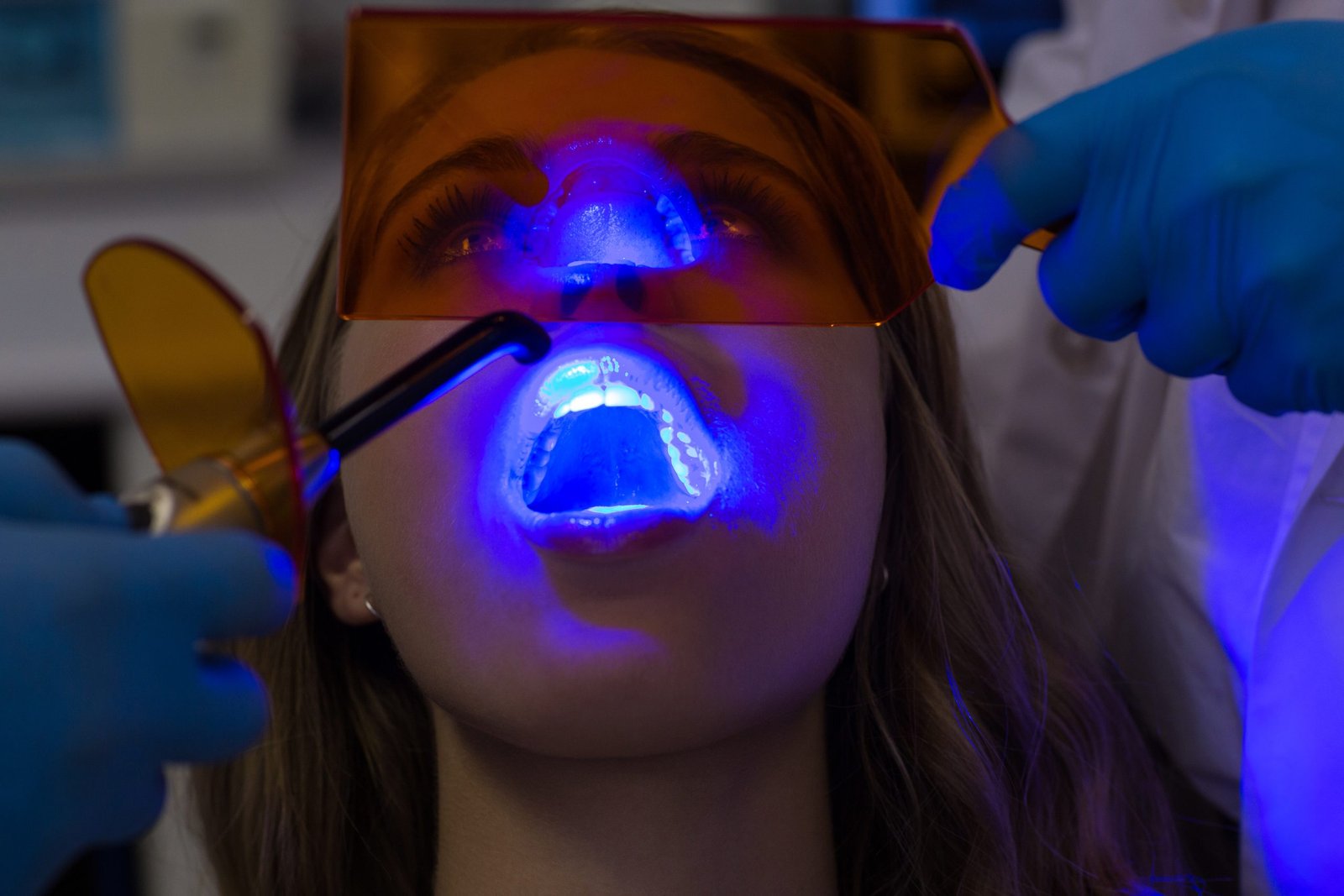-
Email
info@fg.com -
Phone
+90216 533 90 04 -
Location
Site Mah., Cevahir Cd. No:13/A, 34760 Ümraniye/İstanbul
© Alrights reserved
by Dr. Fikret Genç
- Support center
Phone
+90216 533 90 04Location
Site Mah., Cevahir Cd. No:13/A, 34760 Ümraniye/İstanbul© Alrights reserved
by Dr. Fikret Genç
Chewing is a complex mechanism carried out with the aid of the retraction and protrusion of various muscles attached to some facial bones. One of the major bones and also of great clinical significance amidst these bones is the paired zygomatic bone (cheek bone).
Oftentimes, tooth loss or toothless jawbones can lead to a series of complications that dental implantation and bone grafts can’t resolve. A series of solutions have been put in place to overcome this problem; the zygomatic implant has been one of the most convincing.
Stay tuned as we unfold the mysteries of zygomatic implants as a potential solution for maxillofacial defects.
The zygomatic bone, commonly known as the cheekbone, is prominent and anteriorly located on the face. It provides aesthetic, mechanical, and functional roles for the face.
It is a quadrilateral-shaped bone that extends from the orbit to the temporal region. It articulates with various facial bones and with its robust structure and arch, which play a significant role in dental implantology.

When the oral region’s bone composition is compromised, zygomatic implants are among the invasive procedures that entail the insertion of a synthetic material. It is often regarded as an advanced form of dental implant.
One of the special types of dental implants, but a defect from the typical dental implant, is the zygoma implant. This implantation technique is unique because it is carried out via the zygomatic bone rather than the maxilla, like regular dental implants.
The application of this implant can be carried out when upper jaw quality and quantity are inadequate due to bone resorption or pneumatization of the maxillary recessions.
People with considerable bone loss or osteoporosis in the upper dental arch, most especially in areas where typical dental implants may be challenging, are recommended for this implant.
Chronic tooth loss, periodontal disease, and other conditions that lower bone density can also lead to the need for this implant. Some individuals with tooth loss or worn dentures from an early age are likely to undergo this implant as age advances.


Patients with an inadequate mass of bones in the lower jaw are most likely to have a graft for typical implants. For those who want to restore their teeth, zygomatic implants present diverse options but are not the same as typical implants due to bone insufficiency.
Also, the palatability of this surgical tooth mechanism can vary in different individuals, and there are situations with possible solutions best decided by a maxillofacial surgeon.
Recently, zygomatic implants have become a rampant technique employed by most oral and maxillofacial experts to fight low jaw mass density. This procedure has various benefits for patients, such as:

Are you about to undergo dental surgery and scared about the processes that will be carried out in the surgical room? Fear not; below are some steps carried out for a zygomatic implant.


Zygomatic implants are a revolutionary development in dental implantology, especially for those with substantial bone loss in the upper jaw. An application of a zygomatic implant to an oral defect doesn’t aid our permanent oral health alone but also contributes to our health and emotions.

Dental issues might be a pain in the ass, but they usually harm our health and happiness, disallowing a flare of putting on a smiling face. We can see the advantages of a simple process that will help correct the deformity and make you smile—a zygomatic implant.
Do you have any jawbone defects or tooth malformations that have been causing you concern? Are you experiencing excruciating jaw discomfort, or are you unsure of what to do after losing some teeth? Dr. Genc, a specialist in maxillofacial dentistry, is available for consultation right now.
Would you like to move on without dental impairment? Why wait?
Schedule a consultation with Dr. Genc and express your long-awaited tender smile thereafter.

With a profound commitment to innovation, Fikret Genç continuously advances techniques and treatments in oral and maxillofacial surgery.
© 2022 – 2025 | Alrights reserved by Fikret Genç
© 2022 – 2025 | Alrights reserved by Fikret Genç